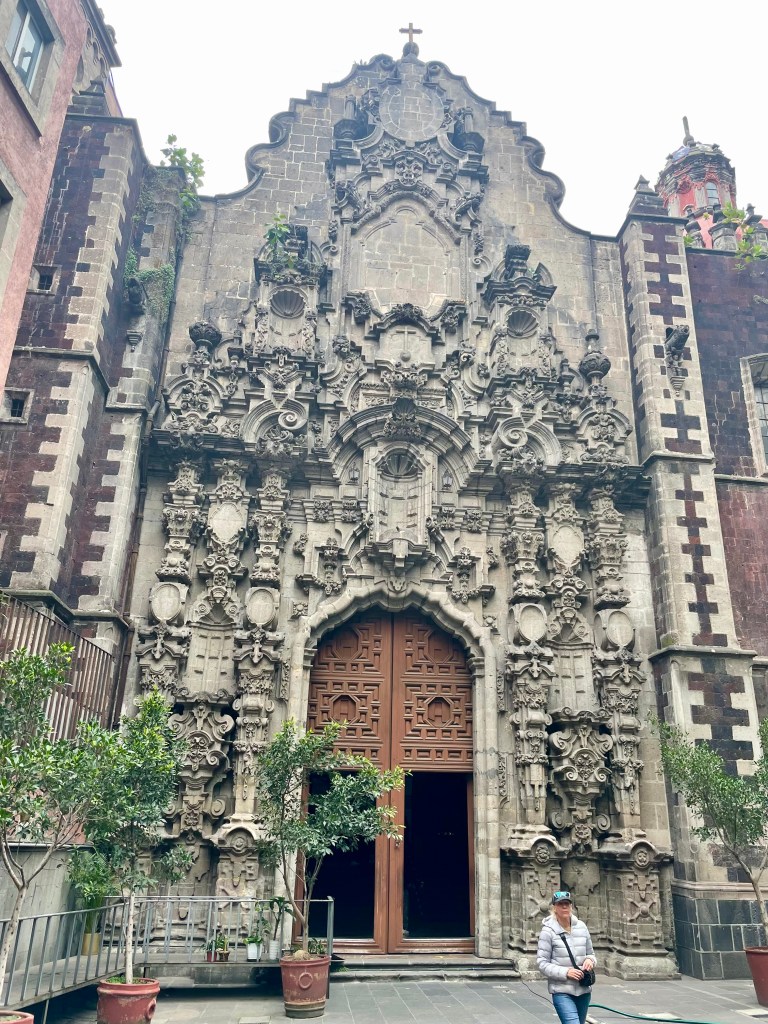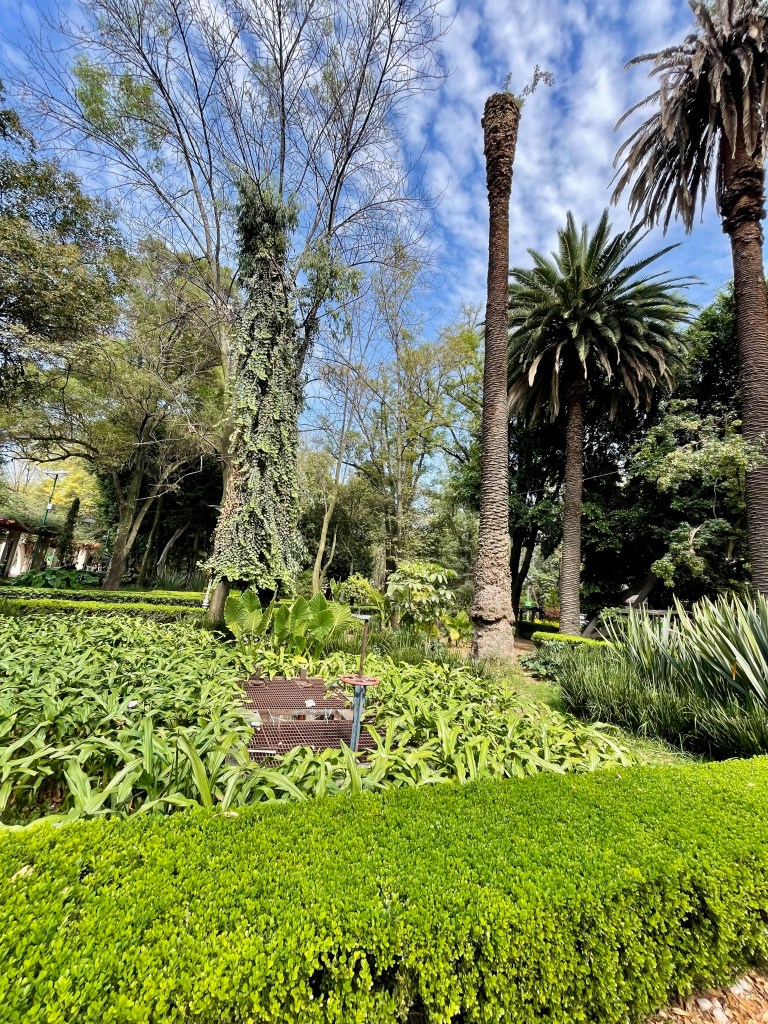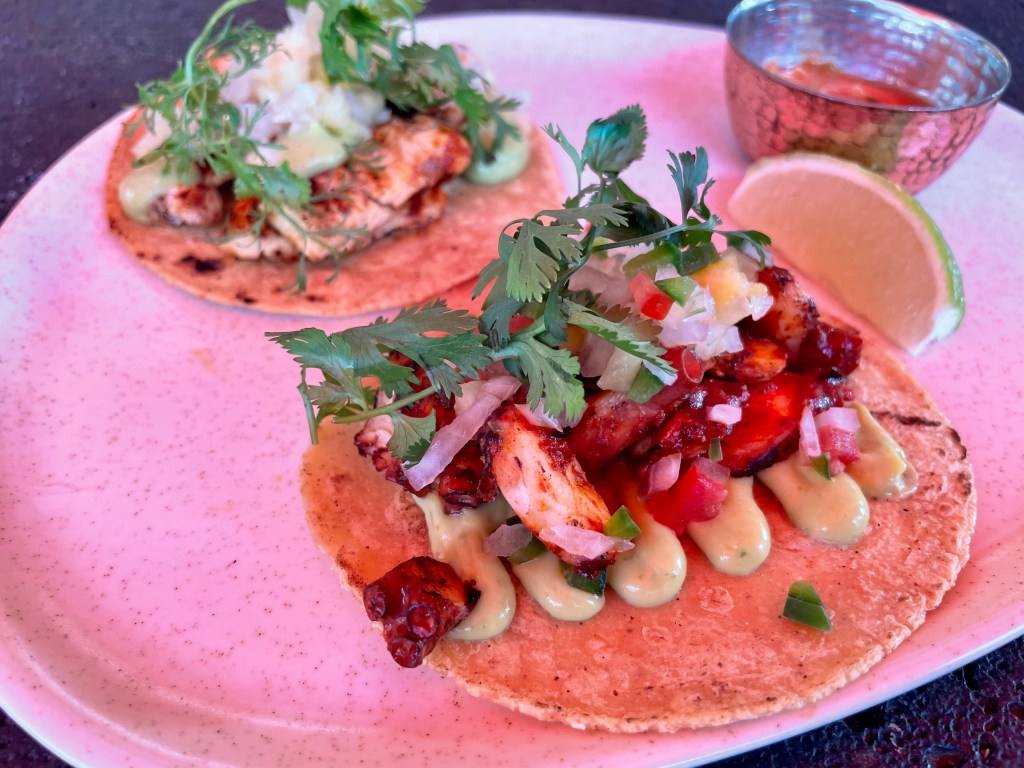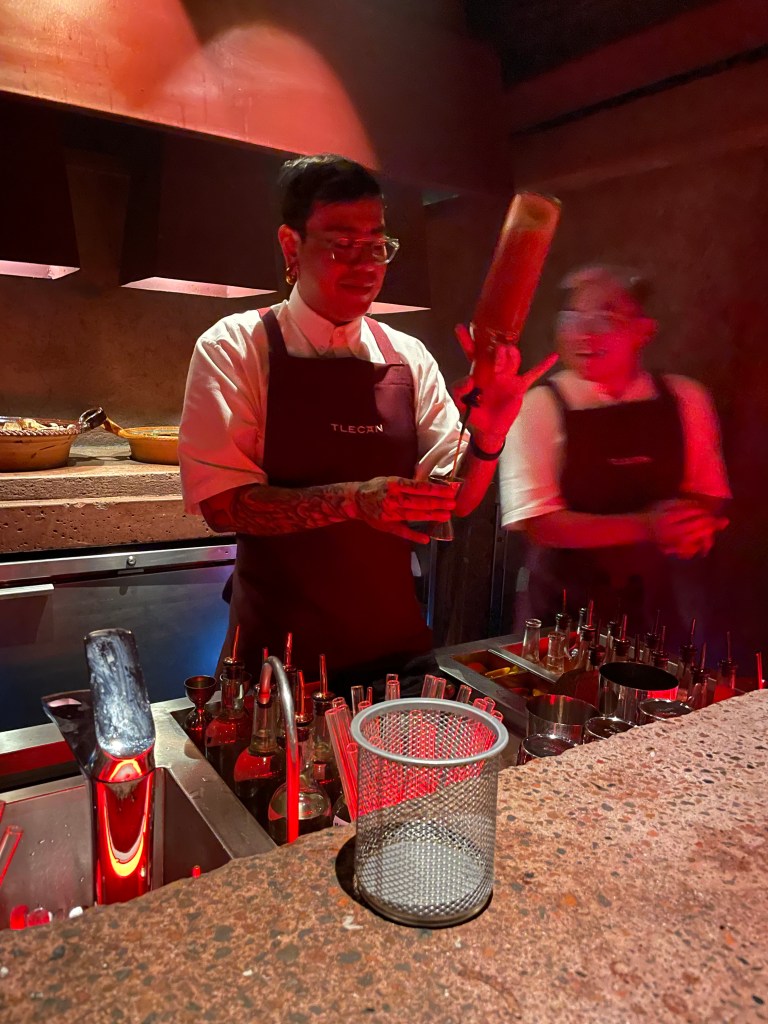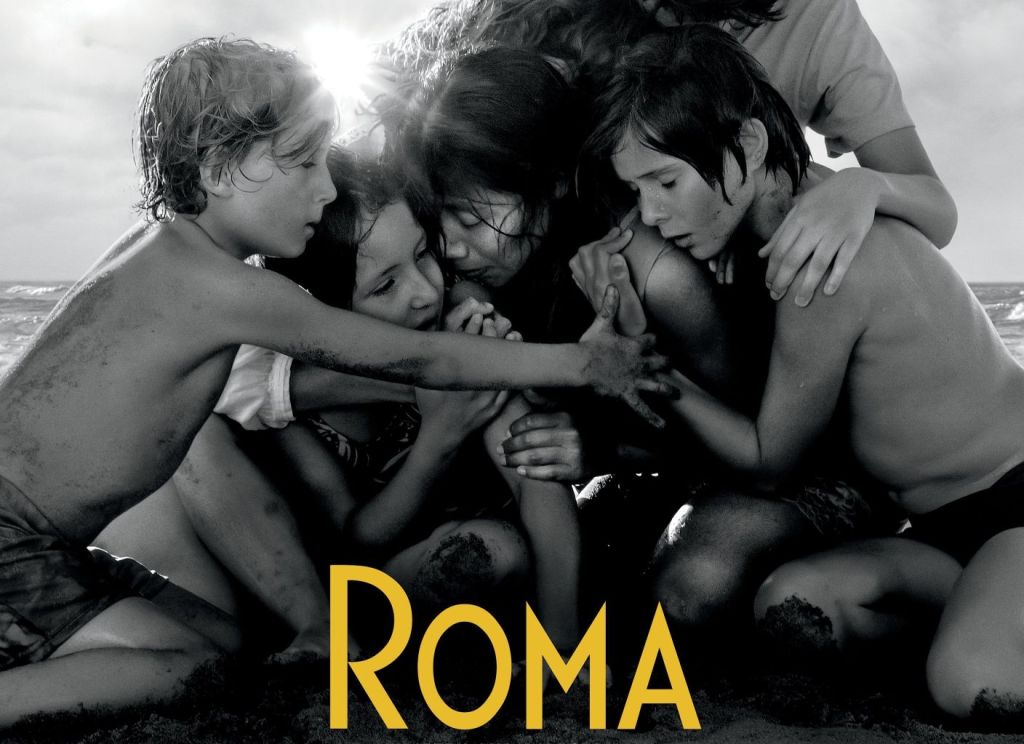Right about now I have a squirming urge to bolt, to unshackle from the boring and banal, to hop a jet and vacate this place somewhere faraway, to get the hell out of here, to go go go. Sure, Mexico City was only six weeks ago, a distant, wondrous dream doused in humanity and habanero, but plans must be made when that itch called wanderlust screams for scratching.
And so I plan. And I move fast. And I’ve picked where to go next. And, greedily, I’ve chosen two discrete destinations for early 2026. And they’re probably not what you would think.
Because they’re not what I would think, either. Marseille, Aix-en-Provence and Arles in Southern France happen the first week of February. Then, in a whiplash turnaround, I hit Nashville, during the first week of March.
Nashville? you ask. Me, too.
In an abbreviated checklist, what the country musical capital has going for it: a slew of top-tier southern food restaurants, like the legendary Prince’s Hot Chicken (extra spicy fried fowl); the Country Music Hall of Fame Museum; the National Museum of African American Music; pour-happy whiskey distilleries; vibrant ‘hoods, including the hip, boho East Nashville, where I’m staying; and of course neon-bedazzled Broadway, where practically every bar — miles of them — is a honky-tonk or a venue hosting crunchy Americana in lieu of touristic cowboy hats.
The Strip slash Honky-Tonk Highway, as it’s alternately dubbed, is also where I will urgently avoid the famed flotillas of inebriated bachelorette bashes that turn the avenue into a twerking, tongue-flashing parade of sorority swillers. In pink cowboy boots, to boot. They should rename it Hell’s Highway.

Now, to France. Despite the grungy reputation of Marseille — France’s second largest city, animated by African and Italian immigrants, graffiti, a picturesque port and world-class cuisine — the character-rich, seaside region has found its footing in recent years as a must-do destination.
It’s “the underrated city in the South of France that should be on your bucket list,” toots Condé Nast Traveller, calling it an “untamed labyrinth, the dusty-rouge Mediterranean Port City” that delivers everything from grand cathedrals to transcendent bouillabaisse, Marseille’s iconic seafood stew.
And it’s affordable. For instance, my hotel, the whimsical Mama Shelter Marseille, is less than $100 a night, and it’s no dump. It has personality, pizzaz and a penchant for partying. (Grandpop here is bringing earplugs just in case.)
From Marseille I’ll catch under-an-hour train rides to Aix and Arles. These quaint, leafy, cobblestoned villages in Provence are where Roman ruins — ogle the gaping 2,000-year-old Arles Amphitheater, home to bullfights today — dot the stomping grounds of great painter Cézanne and great paint-eater Van Gogh. Both towns exude Old World charisma, naked charm and uninterrupted beauty. I’ll spend a day in each, then rail back to the grit, graffiti and gormandizing of Marseille.
And then, sigh, my journeys will be complete for the first part of 2026, and I won’t embark on another one (or two!) till fall, when the weather cools and, critically, my wallet recovers. Wanderlust is an incurable disease and I’m inflamed and afflicted. I do what I can about it. Which invariably comes down to go.






